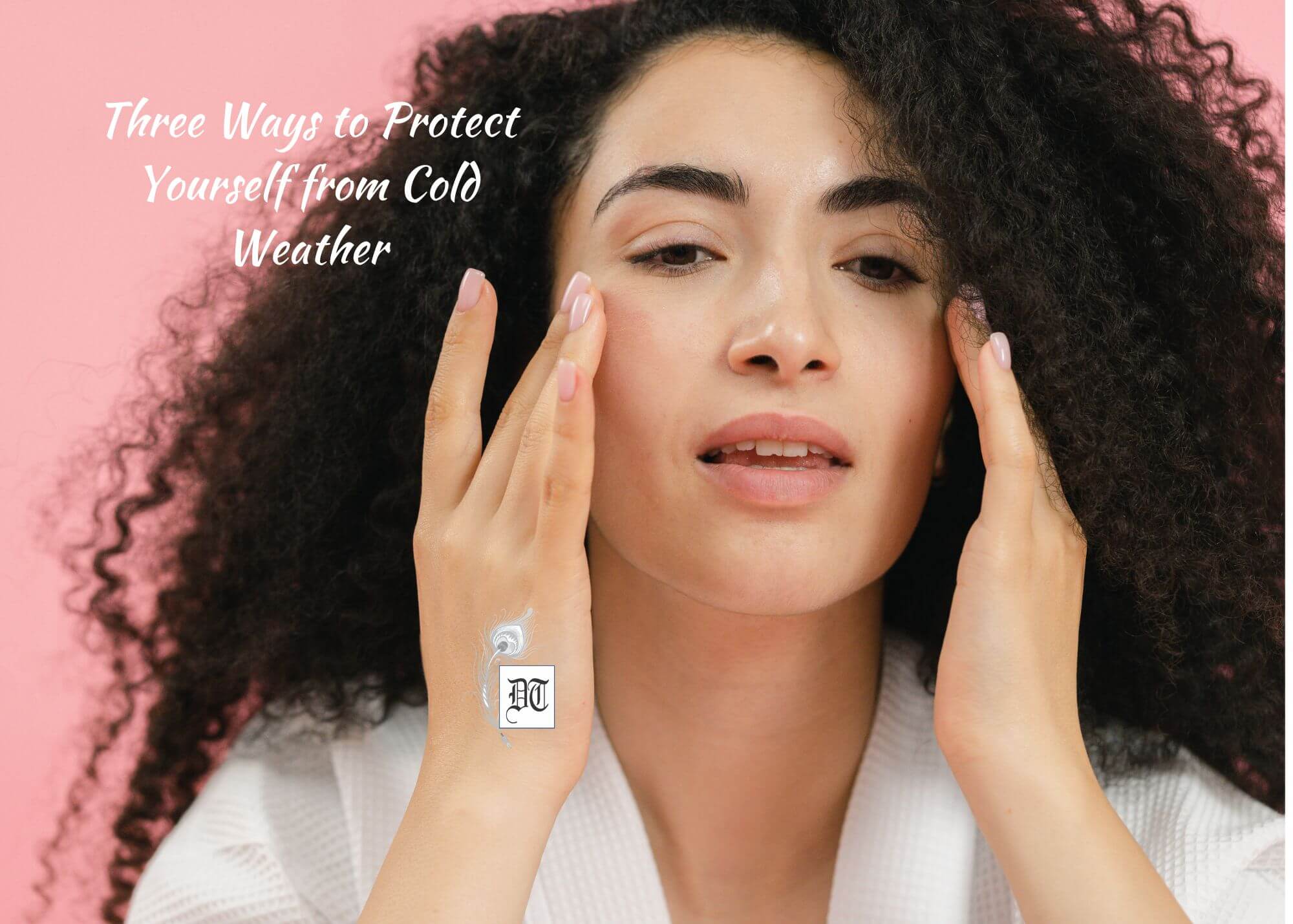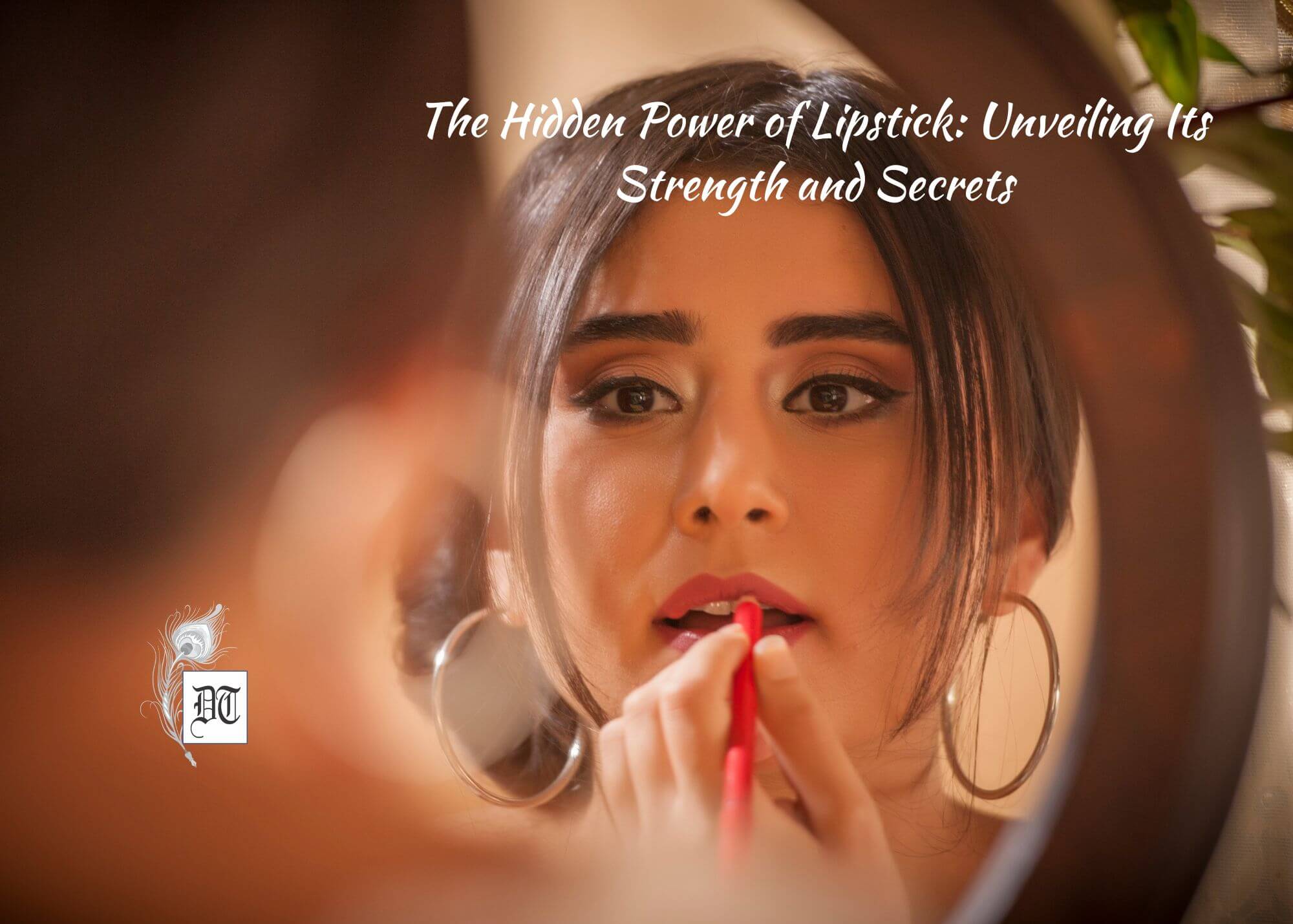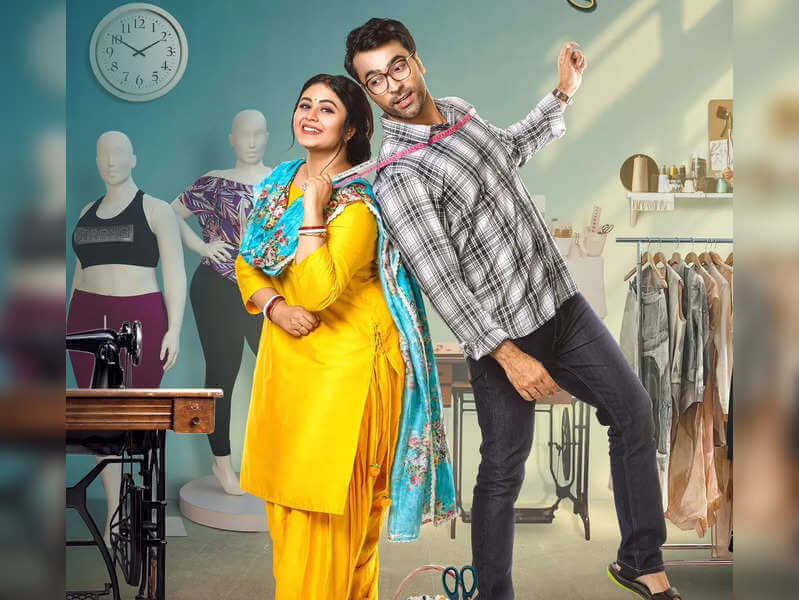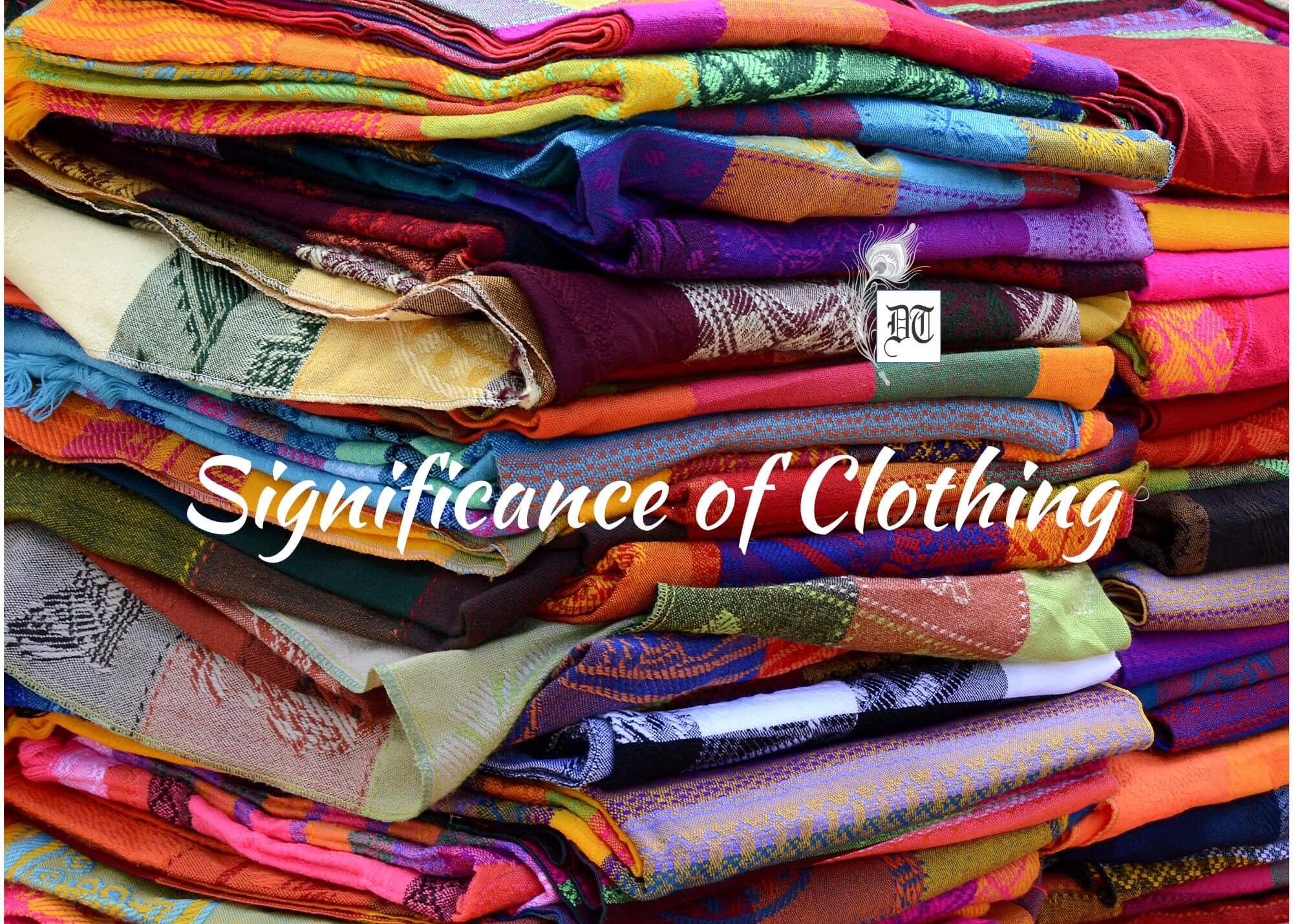Colour is central to fashion. Malaysia-based Shameena, our Fashion Editor, tells us how to understand which colour to use when, in the weekly column, exclusively in Different Truths.
Fashion is always complicated when it comes to choosing what colour to wear. In fashion Industry, designing clothing to bring to market is a more complicated process than some realize. If you simply follow fashion slavishly, you might have heard about fashion seasons. Fashion seasons plays major role on range of colours and fabrics. Most of us feel troubled over What colour to wear! What colours do I wear for each seasons? What colour makes me look good?
Well, fashion is all about yourself. What you choose to wear every morning tells a lot about you and how you felt that day. Even your little handbag carries a little story. We all are a story teller. Mix and match with your personal choice to create your very own style! Let’s get to understand the role of fashion Industry in colours and have fun choosing your own colour pallets.
Colour Effects in Fashion
The biggest challenge for any man or woman building his/her wardrobe is to establish his/her own personal style. Ideally, that can be adapted to current fashions, but sadly, many opt simply to follow fashion slavishly and never really find out about their own unique personality and style. Reconciling the desire to be fashionable with the need to feel comfortable and confident is more often than not a question of colours.
For a better understanding of the seasonal colour ranges and its role play, one should understand about the Fashion Life Circle in the fashion industry.
Fashion Life Circle
Like any other product, Fashion also has its fashion life cycle. Fashions are temporary cyclical phenomena adopted by consumers for a particular time and situation.
Fashion Year
Fashion designers work a year in advance on two seasons mainly. Summer and Winter. Fashion seasons are further defined with the terms Spring Fashion, Fall Fashion, Winter Fashion, Summer Fashion. In fact, if you follow the fashion scene, you will also be familiar with the combined terms such as “Spring/Summer” or “Fall/Winter.
Fashion designers work a year advance for seasonal collections. When a designer launches a new collection it contains garments to be worn during a particular time of year (warm weather vs. cold weather). Generally, the fabric construction and colour would be selected appropriately for a particular season.
The Brand
We all know that every fashion hub and house has their own identity. The Brand plays a major role in the fashion industry. They work had 6 months prior to every season to make a new collection to show the retailers. The success of the brand is in becoming the outward-facing expression of your personality. Branding in fashion is key to helping the customer solve the problem of expressing their individuality within the context of assumed dress codes. To me, if you can’t communicate who you are as a brand and the type of person who would identify with your core values and aesthetic, then you won’t be able to sell it.
Theme for Collection
A designer selects a theme that represents their collection. It can be a period in history, a foreign place, a range of colours, a type of fabric and so on.
After the groundwork is completed for the nature of the collection the designers must decide how many and what types of garments should be included in the collection. Usually, they have a three months’ period to design, produce and publicize the collection in time for their fashion show. Press and buyers get their first look at the collection at the show.
The Design
Designers work differently to put the design ideas together. Some sketch, drape fabric on a dress stand, or use patterns from previous seasons, create a paper pattern, make a muslin sample. They try it on a dress stand or live model for adjustments to be made. When the fit is right, a professional pattern cutter makes an accurate pattern. A sample item is made in the fashion fabric, then produced in various colours. This is how fashion show reveals the finished designs in their most attractive state.
Fashion Show
Two times a year, August and February, the fashion world goes ballistic, fabulous and over the top to create spectacles on the runway and at the fashion fairs to introduce the following season’s new collections. This is where brands and retailers meet to trade and do business for the following season. The brands who have been working hard the previous six months to make the new collection samples and catalogues ready to show the retailers. So for them, this is the moment of truth!
Fad
A fashion with a sudden burst of popularity or novelty that catches on is called Fad. Fad is an intense and widely shared enthusiasm for something with is short-lived. Most of us thus become victim of this fad.
The Best Looks Begin with Great Colour
There is no doubt that the colours you wear will have a powerful effect on how you feel and – crucially – how others respond to you.
Wear colours that don’t suit your own unique personality, style, and physical colouring, and it could have a very negative effect on your mood and on those around you. Choosing the right colours for you gives you more energy, help you to feel happy and attractive and help you to be more focused, which in turn will mean you are taken more seriously. Hence fashion and colour are connected in many ways.
Once you understand colour, it’s relatively easy to create a wardrobe where every item makes you look your best and ties in well with each other. It can be extremely rewarding and once you understand which colours suit you, you can start to add in others and still look great!
Colour Analysis
Colour analysis in fashion determines the colours that best suit an individual based on their natural colourings. Personal colour analysis, or skin tone colour matching, is the is the process of determining colours of clothing and makeup to match your skin complexion, eye colour, and hair colour and is used to help with wardrobe planning and style consulting.
There are a wide variety of approaches to analysing personal colouring. The most well-known are “seasonal” colour analysis, which places individual colouring into four general categories: Winter, Spring, Summer and Autumn. More recent systems subdivide the seasons into 12 or 16 categories. The seasonal colour analysis can be a little tricky to understand, especially if this is your first time to analyse your colouring.
Colour Theory
Gaining basic knowledge in colour theory gives you a better understanding of the concept behind the seasonal colour analysis, and how a colouring is assessed.
Each person’s colouring (hair, skin and eyes) will have a dominant characteristic which is a primary factor in deciding their seasonal group. According to this colour theory the quality of a colour is based on:
HUE (Undertone: Warm or cool): It means what colour an object is, e.g. red, orange or green. Every hue will be either a predominant Warm or Cool. However, some will have a combination of the two, which is described as neutral.
VALUE (Depth: Dark or light): This measures the lightness or darkness of a colour. Typically, light colours have tints of white added to it. Dark colours have some shade of black added to it.
CHROMA (Clarity: Clear or Soft-muted): It means a colour’s clarity or saturation. A bright yellow is considered saturated and clear. Mustard, on the other hand, is more of a muted yellow.
According to the colour theory, from these three aspects of colour we get six dominant characteristics:
Deep-dark, Light, Clear,
Soft-muted, Warm and Cool
These make up the seasonal colour analysis, which is grouped into 4 pure groups based on the intensity of each group; which are Winter (strong and vivid), Autumn (strong but muted), Summer (delicate and light) and Spring (delicate but warm).
Together, they create this seasonal chart:
The point here is to find your colouring’s intensity on this chart – based on the most dominant (obvious) characteristic of your colouring that you and other people notice first.
Regardless of what colours are in right now there are some shades that look good on you and some that don’t. I personally believe that the best ‘colour trend’ is the one that looks fantastic on you. Of course, you’re not limited to your own colour palette – there are ways to adjust an ok or bad colour so that it looks a bit right on you.
The goal with the seasonal colour analysis is to find the best colours for your colouring. If you require further clarification and enquiries on understanding and determining your personal colour, kindly contact me for a personal consultation via skype. During personal consultation with me, I explore your personality, your colour preferences, and your likes and dislikes in a variety of social situations; from this, I can draw up your personal palette of colours that will best support you for every eventuality.
©Shameena Abdurahiman
Photos sourced by the author.
#FasionFunda #ColourAndFashion #Colour #ColourTheory #ColourAndDesign #DifferentTruths








 By
By